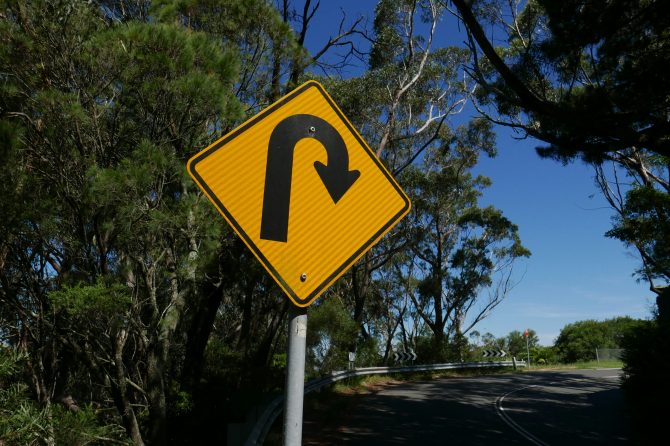
Max Littman, LCSW
June 30, 2025
In IFS, the U-turn is one of the most quietly transformative gestures we can make: a shift of attention from the outside world to our inner world, from what someone else did to how our own parts are responding. It’s a turn inward—not to bypass the outer world’s influence, but to be with the inner world first.
It can seem deceptively simple: we pause and ask, “What’s happening in me right now?” But for many of us, this move runs against the grain of everything we’ve learned about how to survive, how to connect, and how to protect ourselves in the world.
Why It Matters Personally, Relationally, and Culturally
The personal power of the U-turn is in its clarity. When we redirect our attention inward, we become able to differentiate between the current moment and the past. We gain the ability to respond rather than react. We begin to hear from parts that have been waiting—sometimes for decades—to be met.
Relationally, this shift can be revolutionary. Rather than expecting someone else to fix, validate, or regulate us, we start developing inner relationships that allow our external relationships to be more mutual, honest, and less burdened by projection. This doesn’t mean we don’t ask for what we need. It means we’re more aware of who is doing the asking inside of us and why. And it also helps to clarify what the needs are.
Culturally and communally, the implications are even larger. In a world saturated with blame, outrage, distraction, and polarization, the U-turn is a move toward accountability. It is the kind of accountability where we become responsible for our inner landscape and learn how to lead from love, especially when it’s hard.
What might our communities look like if more of us practiced the U-turn? If, before reacting or retaliating, we paused to hear from the scared, furious, or despairing parts inside us first? What might shift in collective dialogues, in systems of harm, in the possibility of repair?
Why the U-Turn Is So Often Dismissed or Devalued
Patriarchal, racist, materialist, and individualist systems condition us to look outward for blame and validation. These systems reward control, dominance, and emotional distance. They prioritize doing over being, performance over presence, and defense over curiosity.
In these cultures, the U-turn can look weak. It can be interpreted as navel-gazing, avoidance, or failure to stand up for oneself. But in reality, the U-turn is a movement toward true power: the kind that comes from knowing and caring for the complexity within us.
It also threatens these systems. A person who can lead from Self is harder to manipulate. A community that can metabolize its pain without scapegoating is harder to divide. A culture that values the inner world is harder to distract with empty promises of external success.
When Parts Refuse the U-Turn
Many parts have good reasons to resist the U-turn. Some believe it’s unsafe to turn inward. Others think it’s a distraction from survival. Some carry legacies of trauma that equate internal reflection with collapse, shame, or abandonment.
Protector parts may feel deeply invested in monitoring the external environment: Who’s a threat? Who’s right? Who needs to be held accountable? For these parts, turning inward can feel like a betrayal of vigilance or justice. Perpetrating parts—those who push, dominate, or attack—often do so to avoid the vulnerability that would emerge if they allowed the U-turn to happen.
Even systems that have robust access to Self can struggle. The U-turn takes humility. It requires slowing down when everything in us and around us is speeding up. It asks us to feel what parts of us would rather fight, fix, seduce, dissociate from, or suppress.
How to Model the U-Turn
We can’t force anyone else into a U-turn. But we can embody it. We can show what it looks like to pause in the middle of a rupture, take a breath, and turn inward. We can speak from our parts instead of at someone else from the energy of our parts. We can take responsibility for our parts’ projections and be curious about the stories our parts are telling.
This modeling has ripple effects. In a culture that rewards defensiveness and dominance, vulnerability and curiosity are often disarming. When we demonstrate the U-turn in our presence, our language, and our relational repair, others sometimes begin to feel, even unconsciously, that it’s possible in them too.
When the U-Turn Is Weaponized
Unfortunately, in some IFS spaces and communities, the U-turn is used less as an invitation and more as a silencing tactic. There’s a difference between inviting someone to notice what’s happening inside and imposing a U-turn as a way to avoid being held accountable or to shut down parts of someone else that are asking to be witnessed.
“You need to take a U-turn” can quickly become a shaming statement, especially when said from a blended part of someone else, or when used to dismiss pain that is trying to be seen relationally. The U-turn is most powerful when it’s chosen, not prescribed. And it should never be used to shortcut a necessary moment of attunement or mutual repair.
The Power and Courage in Taking the Turn
When we do take the U-turn, especially when it’s hard, it can open our hearts, our bodies, our minds, and our relationships. We can start to access and open up space for our own complexity, our own pain, our own strength. Many refer to this as Self-leadership, though to some of my parts that can sound rote and disembodied.
The U-turn is not a retreat from the world. It’s a way of becoming more responsible to it. More responsive in it. And more rooted in something deeper than reactivity or control.
In a culture that teaches us to abandon our inner lives, the U-turn is an act of reclamation.
And like all acts of reclamation, it takes practice, courage, and support.
In our current political and social climate—marked by escalating authoritarianism, disinformation, and targeted attacks on already marginalized communities—the U-turn is more vital than ever. Not because it’s easy, but because it helps interrupt cycles of fear and othering from the inside out. Turning inward with compassion does not mean disengaging from the world. It means resourcing ourselves to show up differently in it: less fueled by fear, more anchored in connection. This kind of transformation isn’t flashy or fast. But over time, through quiet ripples of love, it can shape our relationships, our communities, and even our culture. Still, it’s important to name that for many people—especially those under literal threat—this turning toward one’s inner world can be an almost impossible ask. And yet, for those who can safely do it, it becomes a radical act of inner coherence in the face of chaos. A quiet, powerful refusal to let the external violence define the internal terrain.
For feedback and comments, I can be reached at max@maxlittman.com.
I provide private practice mentorship, consultation, and therapist/practitioner part intensives.
